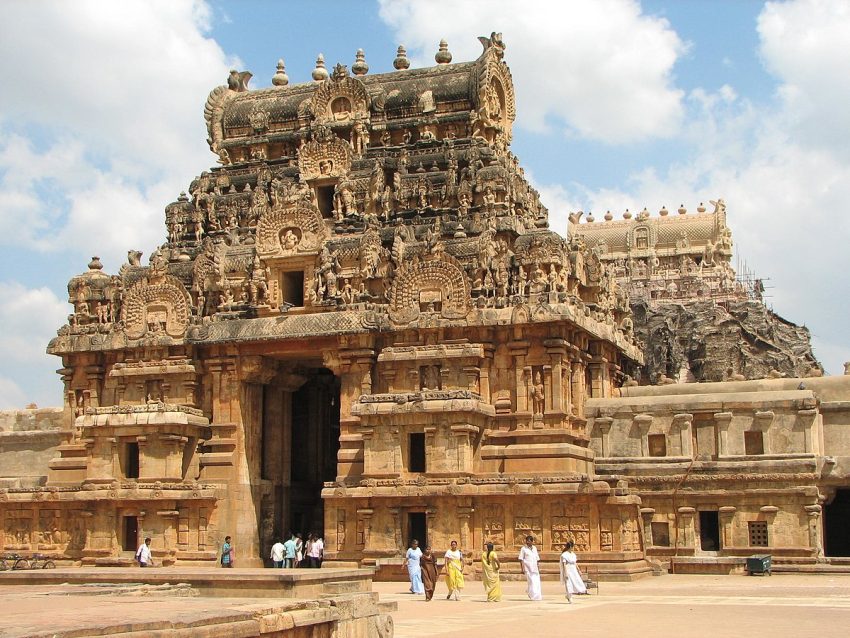Tamil Nadu, a land rich in history, invites travelers immerse themselves in its magnificent temples, vibrant culture, and warm hospitality. Embark on a temple trail that will lead you through iconic shrines, ancient architecture, and a profound sense of devotion. In this comprehensive travel guide, we will delve into the best ways to explore the spiritual heartland of South India!
How to Reach Tamil Nadu
By Air
Tamil Nadu is well-connected by air, with major airports in Chennai, Coimbatore, Madurai, and Trichy. Chennai International Airport (MAA) serves as the primary gateway, offering domestic flights to other cities within the state.
By Rail
The extensive Indian Railways network connects Tamil Nadu to major cities across India, with Chennai Central and Chennai Egmore as the main railway stations. Trains from Delhi, Mumbai, Kolkata, and Bangalore provide a comfortable and scenic journey.
By Road
A well-developed road network in Tamil Nadu makes it accessible by bus or car, with National Highways linking it to neighboring states. Opt for luxury buses or private taxis for a convenient travel experience.
Last Mile Connectivity
Upon arrival in Tamil Nadu, local buses, auto-rickshaws, and cabs offer last-mile connectivity. Taxis are ideal for longer distances, while auto-rickshaws are perfect for short hops within cities.
Best Season to Travel
Tamil Nadu experiences a tropical climate, so plan your visit accordingly:
• Winter (November to February): Ideal for temple visits and sightseeing.
Weather Across the Year:
January to March: Cool and pleasant.
April to June: Hot and dry, carry sunscreen.
July to September: Monsoon showers, pack an umbrella.
October to December: Pleasant weather for outdoor activities.
Ideal Stay Time
To fully explore the major temples and immerse yourself in Tamil Nadu’s rich heritage, plan a stay of at least 10 to 15 days.
Top 10 temples in Tamil Nadu
1. The Ramanathaswamy Temple, Rameshwaram:

The Ramanathaswamy Temple, also known as the Rameswaram Temple, is a sacred Hindu temple dedicated to Lord Shiva. Located on Rameswaram Island in Tamil Nadu, it is one of the twelve Jyotirlinga temples. The temple boasts the longest corridor among all Hindu temples in India, constructed during the 12th century by the Pandya Dynasty. Devotees visit seeking blessings from Lord Shiva.
Temple Timings: 2:00 am to 1:00 pm and 3:00 pm to 9:00 pm.
2. Kapaleeshwarar Temple, Chennai:
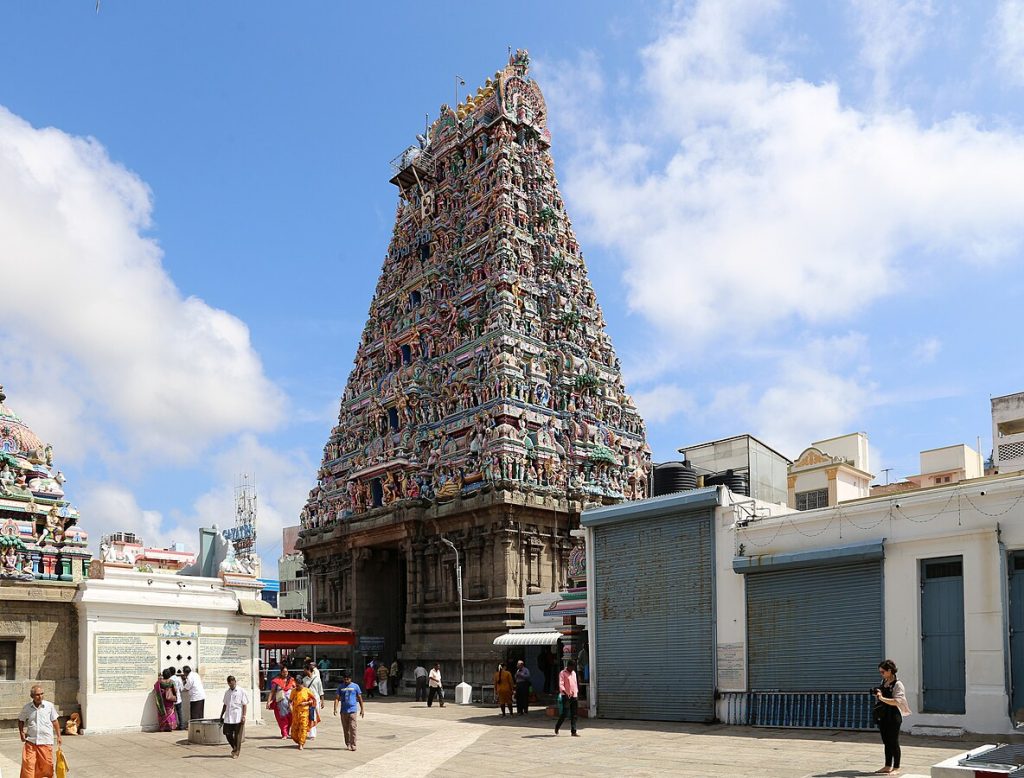
Situated in Mylapore, Chennai, the Kapaleeshwarar Temple is an ancient Hindu shrine dedicated to Lord Shiva. Legend has it that Parvati worshipped Shiva in the form of a peahen, giving rise to the name Mylai for the area around the temple. The temple conducts daily rituals and the Aṟupatimūvar festival during the Tamil month of Panguni.
Timings: Morning: 5:00 AM to 12:30 PM. Evening: 4:00 PM to 9:30 PM.
3. Brihadeeswarar Temple, Thanjavur:
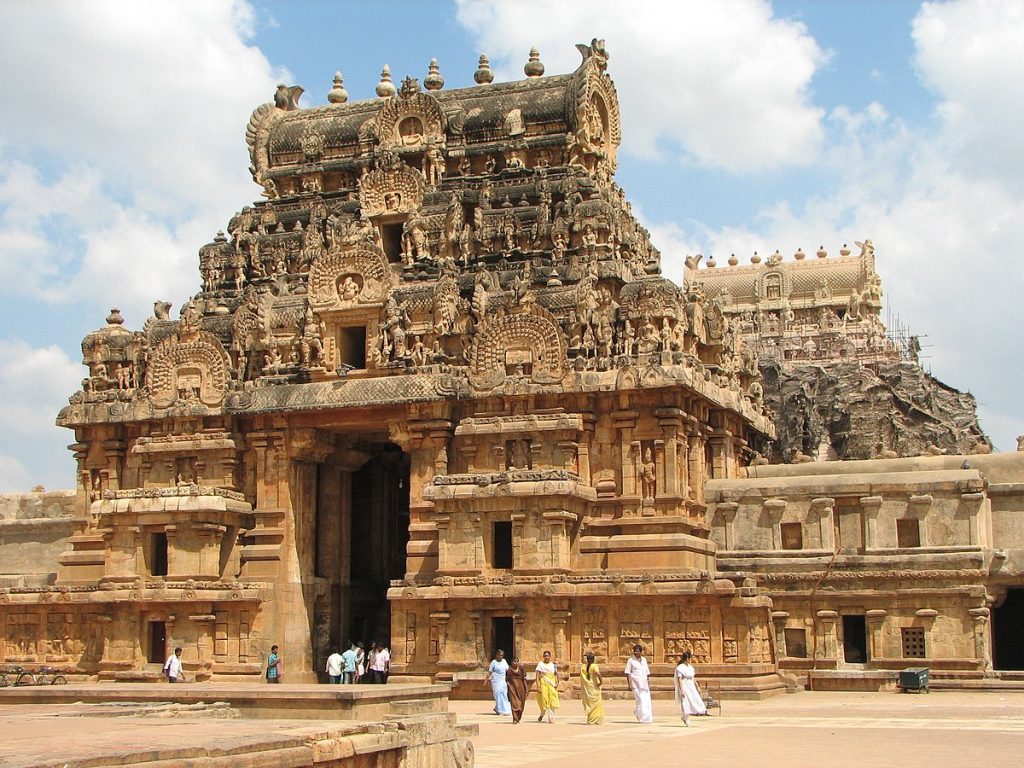
Also known as Peruvudaiyar Kovil, this Shaivite Hindu temple in Thanjavur is a UNESCO World Heritage Site. Constructed by Chola emperor Rajaraja I, this temple showcases Chola architectural brilliance and houses an impressive Shiva linga and exquisite sculptures.
Timings: Morning: 5:00 AM to 12:30 PM. Evening: 4:00 PM to 9:30 PM.
4. Meenakshi Amman Temple, Madurai:

Dedicated to the goddess Meenakshi and her consort Sundareshwarar, this temple is a historic marvel in Madurai. With ancient origins and architectural splendor, it is part of the UNESCO World Heritage Site known as the ‘Great Living Chola Temples’.
Timings: Morning: 5:00 AM to 12:30 PM. Evening: 4:00 PM to 9:30 PM.
5. Adi Kumbeswarar Temple, Kumbakonam
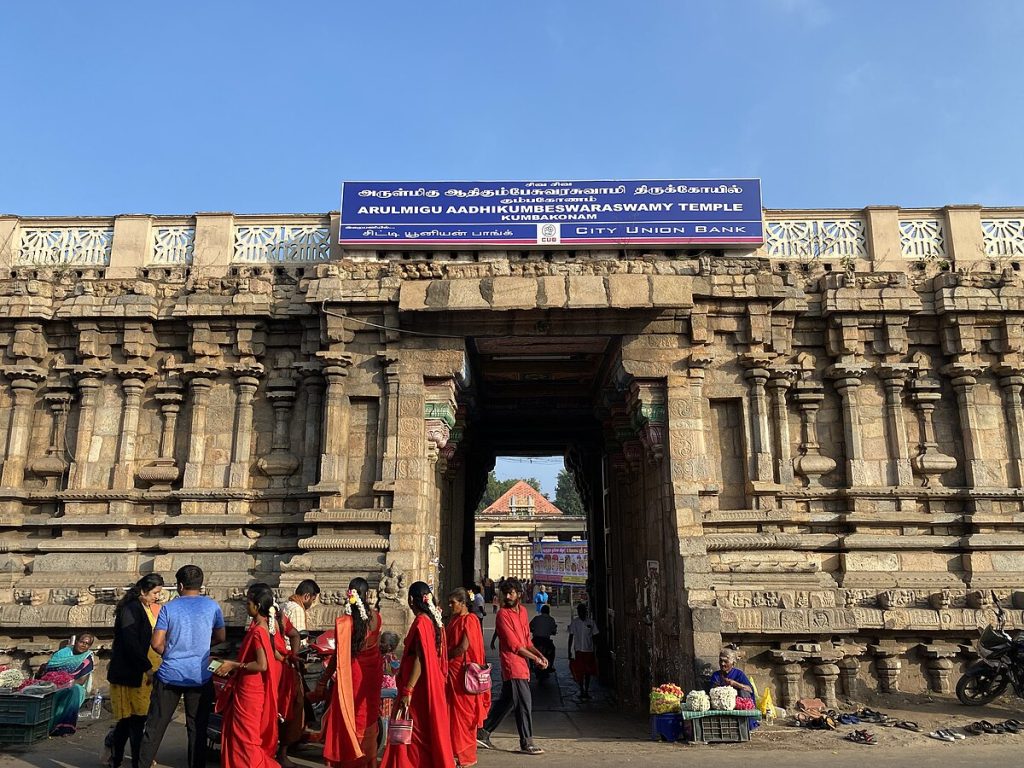
Located in Kumbakonam, this temple dedicated to Lord Shiva boasts Tamil architecture and historical significance. The temple hosts the Masi Magam festival during February-March, highlighting its legend and cosmological importance in Hindu culture.
Temple Timings: Morning: 6:00 AM to 12:30 PM. Evening: 4:00 PM to 9:30 PM.
6. Sri Ranganathaswamy Temple, Srirangam:
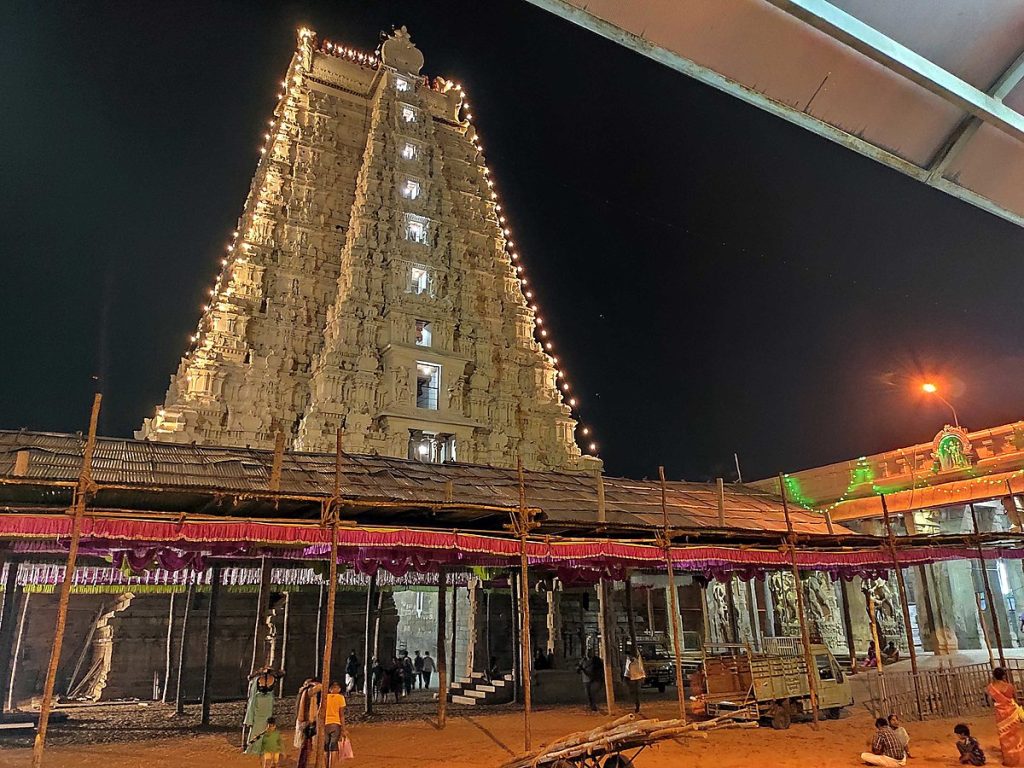
Devoted to Ranganatha, a form of Vishnu, this temple in Srirangam dates back to ancient times and stands as a prominent Hindu shrine. Despite challenges, it remains one of the oldest surviving active temple complexes in South India.
Temple Timings: Morning: 6:00 AM to 12:30 PM. Evening: 4:00 PM to 9:30 PM.
7. Sri Rajagopala Swamy Temple, Mannargudi:
Dedicated to Lord Krishna, this Vaishnava shrine in Mannargudi is revered among Vaishnavites and features impressive architecture and a grand temple tank.
Temple Timings: Morning: 6:30 AM to 12:00 PM. Evening: 4:30 PM to 9 PM.
8. Jambukeswarar Temple, Tiruchirapalli:
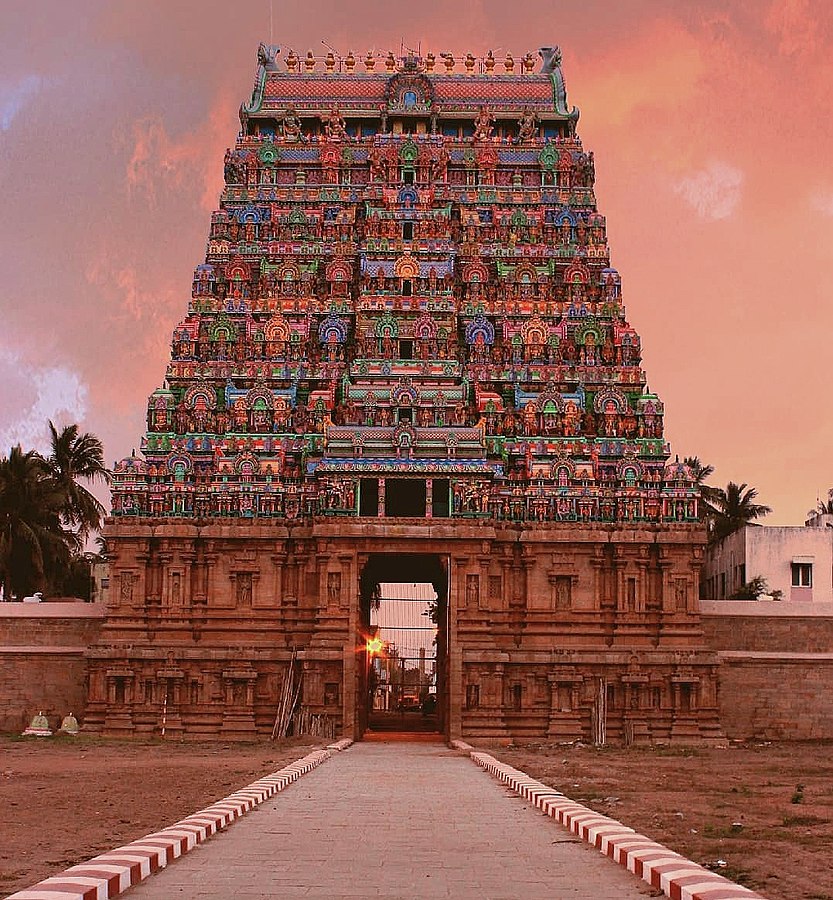
also known as Thiruvanaikaval or Jambukeswaram, stands as a revered Hindu shrine dedicated to Lord Shiva. Located in the Tiruchirapalli (Trichy) district of Tamil Nadu, India, this ancient temple holds a special significance—it represents the element of water (neer) among the five major Shiva Temples in Tamil Nadu, symbolizing the Mahābhūta or five elements.
Here are some captivating details about this sacred abode:
1. Origins and Architecture:
- The temple’s roots trace back to the 2nd century CE during the Chola period.
- It exemplifies South Indian architecture and features a lingam known as Appu Lingam (Water Lingam).
- The sanctum of Jambukeswara houses an underground stream, emphasizing its connection to the element of water.
2. Legends and Devotion:
- Akilandeswari, an incarnation of Parvati, conducted penance here under a Venn Naaval tree (java plum tree).
- She crafted the lingam from the waters of the Cauvery River (also called Ponni) and worshipped it.
- Siva Gnana was imparted to Akilandeswari by Lord Shiva, who stood facing west while she faced east.
3. Elephant and Spider Devotion:
- An elephant and a spider played pivotal roles in the temple’s lore.
- The elephant collected water from the Cauvery River daily for the lingam, while the spider wove its web over the lingam to protect it from sunlight and falling leaves.
- Their unwavering devotion led to the temple’s name: Thiru Aanai Kaa meaning ‘holy elephant forest.’
4. Spiritual Significance:
- Jambukeswarar Temple remains a Paadal Petra Sthalam, adorned with inscriptions from the Chola era.
- Devotees can visit this sacred space daily from 5:30 a.m. to 9 p.m.
- Jambukeswarar Temple invites seekers, pilgrims, and history enthusiasts to immerse themselves in its ancient legacy and spiritual aura.
9. Kanchi Kailasanathar Temple, Kanchipuram:
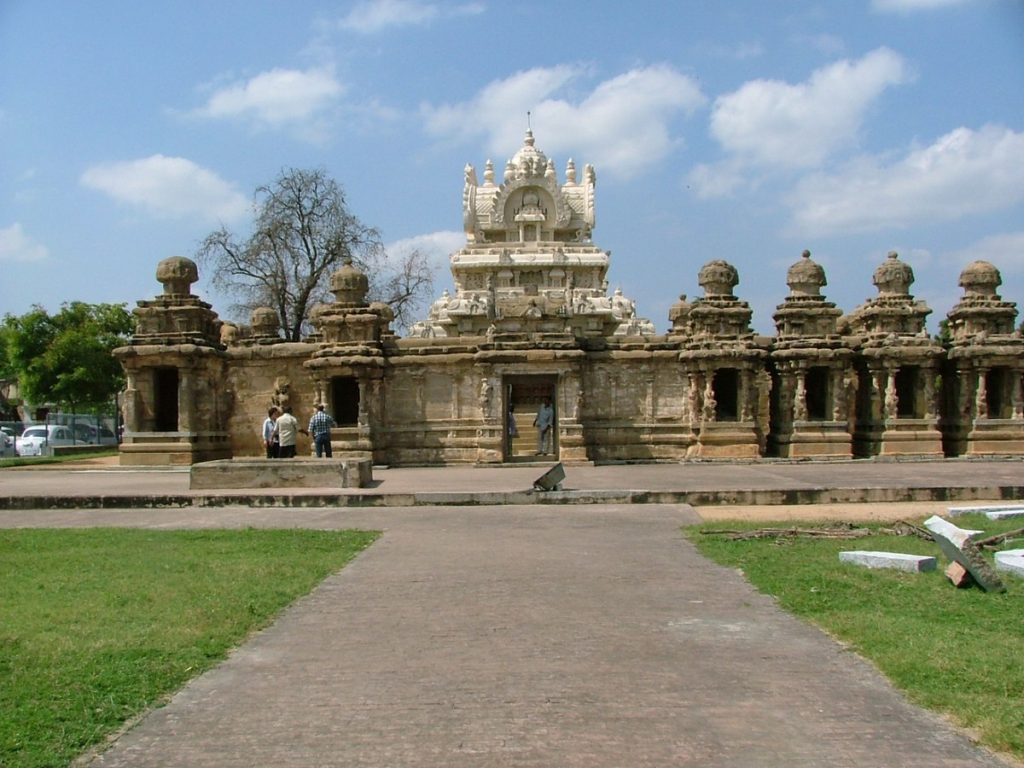
Also known as the Kailasanatha Temple, stands as a testament to ancient Hindu architecture in Kanchipuram, Tamil Nadu, India. Constructed during the Pallava era, it is one of the oldest surviving monuments in the city. Dedicated to Lord Shiva, this square-plan temple boasts a mukha-mandapa (entrance hall), a maha-mandapa (gathering hall), and a central garbha-griya (sanctum) crowned by a four-storey vimana. The temple’s outer walls enclose a galaxy of intricately carved Hindu art, reflecting themes from Shaivism, Vaishnavism, Shaktism, and Vedic deities. Notably, it houses early and exquisite Hindu mural art, akin to the Ajanta Caves.
10. Ekambareswarar Temple, Kanchipuram:
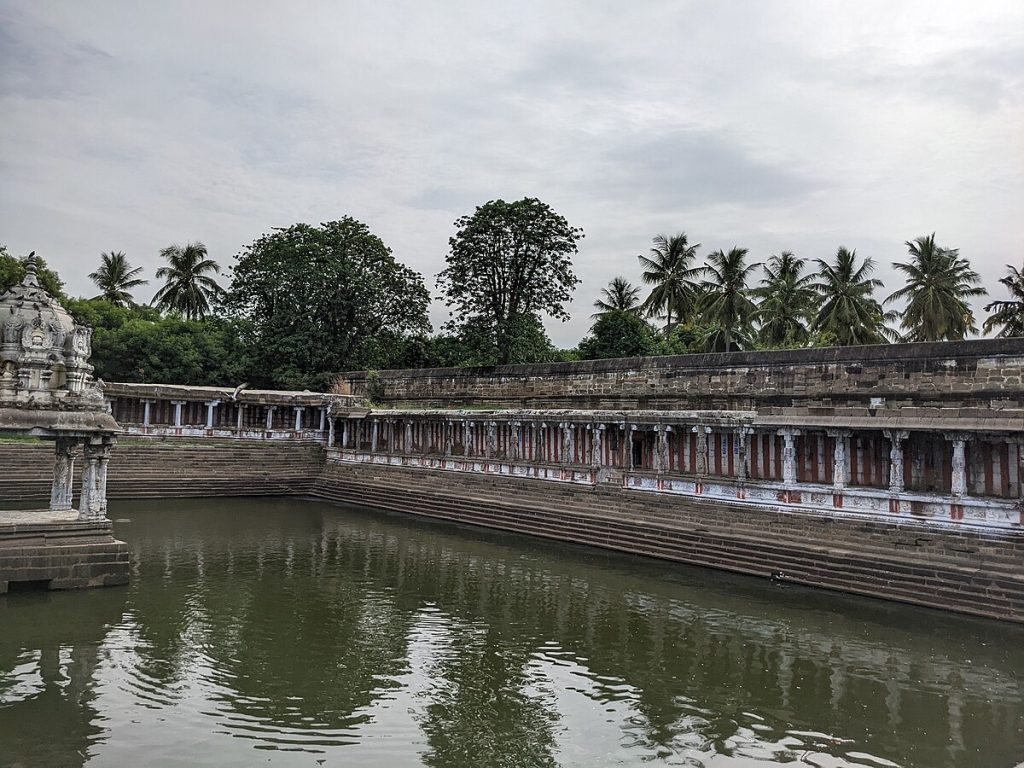
Located in the town of Kanchipuram, Tamil Nadu, India, is a Hindu temple dedicated to Lord Shiva. It holds immense significance within the Hindu sect of Saivism as one of the Pancha Bhoota Stalas, associated with the element of earth (Prithvi). The presiding deity, Ekambareswarar (also known as Ekambaranathar or Rajlingeswaram), is represented by the lingam, referred to as Prithvi lingam. His consort, Parvati, is depicted as Elavarkuzhali. The temple complex spans 10 hectares (25 acres) and boasts four gateway towers (gopurams), with the southern tower being one of the tallest temple towers in India at 58.52 meters (192 feet). The temple hosts daily rituals and yearly festivals, including the Panguni Uthiram festival celebrated during March-April. It remains one of Kanchipuram’s largest and most prominent tourist attractions.
Temple Timings:
Morning: 6:00 AM to 12:30 PM.
Evening: 4:00 PM to 8:30 PM
Please note that the temple timings are subject to change. Please check with the respective temples for the most up-to-date information before planning your visit.
Costing
- Accommodation: Budget hotels start at ₹1,000 per night, while luxury resorts can reach ₹10,000.
- Food: Local meals cost around ₹200-300 per person.
- Temple Entry Fees: Vary from ₹20-50 per person.
In Conclusion
The top 10 temples in Tamil Nadu offer a rich cultural and spiritual experience, attracting visitors from all over the world to immerse themselves in the history and traditions of these sacred spaces. Visit these temples to witness the architectural marvels and feel the divine presence that permeates the air.
